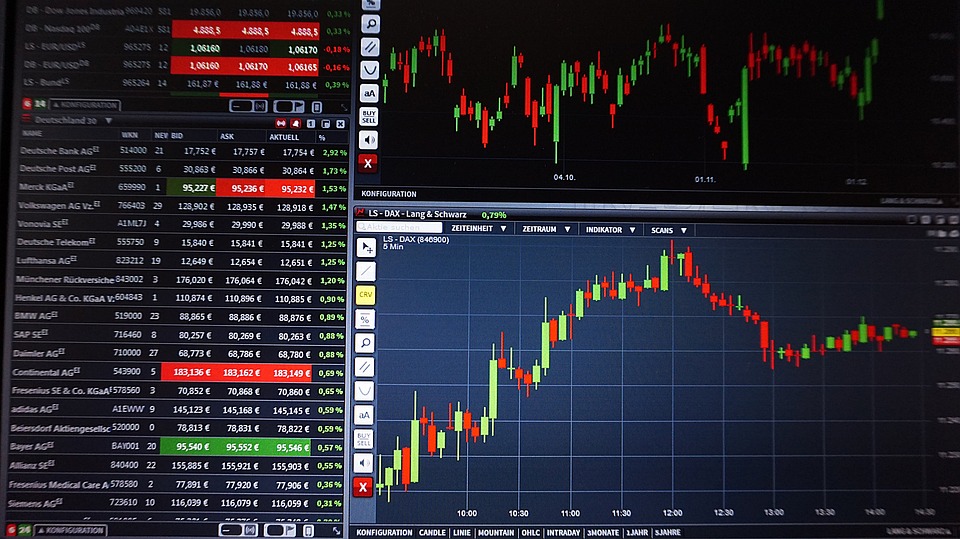Understanding Different Types of Indicators Used in Intraday Trading
Intraday trading in India is a popular trading strategy where traders buy and sell securities within the same trading day to make a profit. In order to make informed trading decisions, traders use different types of indicators to analyze the market and identify potential trading opportunities. In this article, we will discuss the different types of indicators used in intraday trading in India and how they work.
1. Moving Averages
Moving averages are one of the most commonly used indicators in intraday trading. A moving average is a trend-following indicator that calculates the average price of a security over a specific period of time. The most commonly used periods for moving averages are 20, 50, and 200 days. When the price of a security is above its moving average, it is considered a bullish signal, and when the price is below its moving average, it is considered a bearish signal.
2. Relative Strength Index (RSI)
The Relative Strength Index (RSI) is a momentum oscillator that measures the speed and change of price movements. The RSI ranges from 0 to 100 and is calculated based on the average gains and losses over a specific period of time. A reading above 70 is considered overbought, which means that the security may be due for a correction. A reading below 30 is considered oversold, which means that the security may be due for a rebound.
3. Bollinger Bands
Bollinger Bands are a volatility indicator that consists of a moving average and two bands that are plotted two standard deviations away from the moving average. The bands widen when the volatility of the security increases and narrow when the volatility decreases. When the price of the security touches the upper band, it is considered overbought, and when it touches the lower band, it is considered oversold.
4. Moving Average Convergence Divergence (MACD)
The Moving Average Convergence Divergence (MACD) is a trend-following momentum indicator that shows the relationship between two moving averages of a security's price. The MACD line is calculated by subtracting the 26-period exponential moving average (EMA) from the 12-period EMA. The signal line is a 9-period EMA of the MACD line. When the MACD line crosses above the signal line, it is considered a bullish signal, and when it crosses below the signal line, it is considered a bearish signal.
 |
| Understanding Different Types of Indicators Used in Intraday Trading |
5. Stochastic Oscillator
The Stochastic Oscillator is a momentum indicator that compares a security's closing price to its price range over a specific period of time. The Stochastic Oscillator ranges from 0 to 100 and is calculated based on the %K and %D lines. A reading above 80 is considered overbought, and a reading below 20 is considered oversold.
6. Fibonacci Retracement
Fibonacci Retracement is a technical analysis tool that is used to identify potential levels of support and resistance. The tool is based on the Fibonacci sequence, which is a mathematical pattern that occurs in nature. The tool uses horizontal lines to indicate areas of support or resistance at the key Fibonacci levels of 23.6%, 38.2%, 50%, 61.8%, and 100%.
Conclusion
Intraday trading in India requires a deep understanding of market trends and patterns. Traders use different types of indicators to analyze the market and make informed trading decisions. Moving averages, RSI, Bollinger Bands, MACD, Stochastic Oscillator, and Fibonacci Retracement are some of the most commonly used indicators in intraday trading. By using these indicators, traders can identify potential trading opportunities and minimize their risks.

